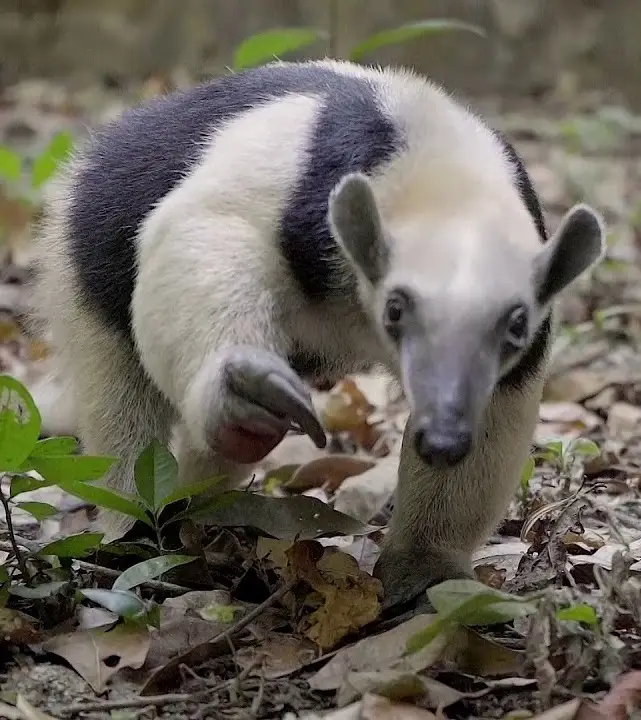
Where do anteaters live in Peru?
5 min read

Random Posts

Weather in Tambopata on February
• Information

Ese eja people of Infierno community
• Information

Qeswachaka: How to get there
• Information





















Antebellum bears, scientifically known as Tremarctos ornatus, are native to the mountainous regions of Peru and some other South American countries. However, it is in Peru that this species is most abundant and widely distributed. They are found in a variety of habitats, from humid tropical forests to high-altitude woodlands in the Andes.
One of the areas best known for harboring anteater bears in Peru is the Andes Mountains. This mountain range crosses several regions of the country, providing an ideal environment for these animals. Antebellum bears are adapted to living in high-altitude areas, where they find food and shelter.
Antebellum bears can be found in different parts of Peru, such as the regions of Cusco, Puno, Huánuco, Pasco and Cajamarca. These areas offer a mixture of cloud forests, montane rainforests and high-altitude forests, which are essential for the survival of these animals.
The presence of anteater bears in Peru is related to the availability of food, mainly fruit, such as bromeliads, cacti, berries and some species of trees. In addition, they feed on insects, small vertebrates and also consume some plants. These bears specialize in climbing trees and have claws adapted for this type of locomotion.
Unfortunately, anteater bears are threatened with extinction due to habitat loss, illegal hunting and conflicts with humans. However, Peru has adopted conservation measures to protect these animals, such as creating reserves and national parks, as well as promoting environmental awareness and education programs.
In conclusion, anteater bears live in the mountainous regions of Peru, mainly in the Andes. These animals are adapted to high-altitude habitats and can be found in a variety of environments, from humid tropical forests to high-altitude woodlands. Although they face significant threats, Peru has implemented conservation measures to protect these beautiful creatures and ensure their long-term survival.

Peru has implemented various measures to conserve and protect anteater bears, an endangered species. These initiatives aim to preserve the habitat of these animals, reduce conflicts with humans and raise awareness about the importance of conservation.
One of the main strategies adopted by Peru is the creation of protected areas, such as reserves and national parks, where anteater bears can live and reproduce in a safe environment. For example, the Salinas y Aguada Blanca National Reserve, located in the Arequipa region, is home to a significant population of anteater bears. This reserve is managed to guarantee the preservation of the habitat and the protection of the local fauna and flora.
In addition, the Peruvian government promotes the implementation of ecological corridors, which are connected areas that allow anteater bears to move freely between different habitats. These corridors help mitigate the effects of habitat fragmentation and allow the bears to search for food and partners in wider areas.
Another important measure is the fight against illegal hunting and the illegal trade in the body parts of these animals. Peru has strengthened inspection and laws related to the protection of fauna, seeking to discourage hunting and punish offenders. Awareness campaigns are also being promoted to educate local communities about the importance of preserving anteater bears and the negative impacts of illegal hunting.
Promoting environmental education and public awareness are also key aspects of conservation measures. Peru carries out educational programs in schools and communities to teach about the importance of wildlife conservation and how to coexist harmoniously with anteater bears. These initiatives aim to change attitudes and behaviors, promoting greater respect and protection for these animals.
In summary, Peru has adopted comprehensive measures to conserve and protect anteater bears. These actions include creating protected areas, implementing ecological corridors, combating illegal hunting, promoting awareness and environmental education. These efforts are essential to ensure the survival of anteater bears in the country and preserve the biodiversity of Andean ecosystems.







